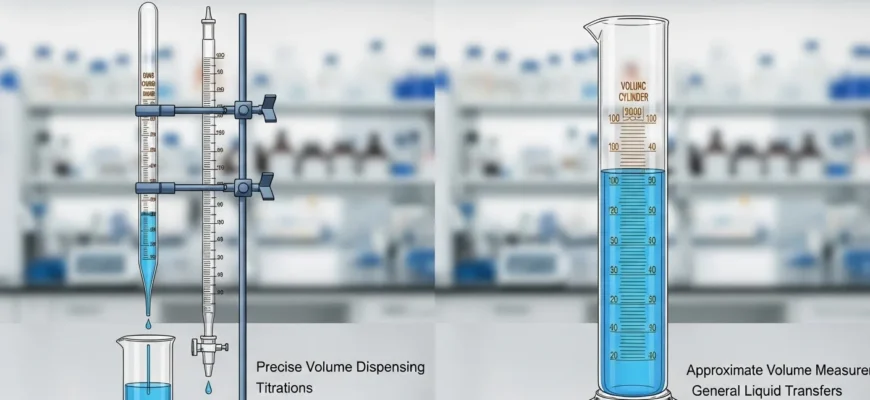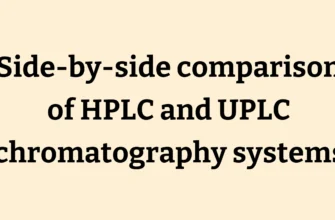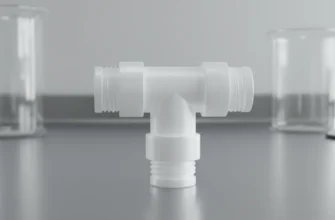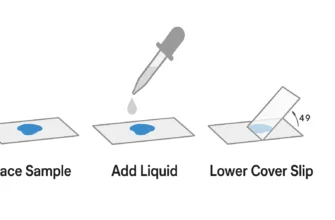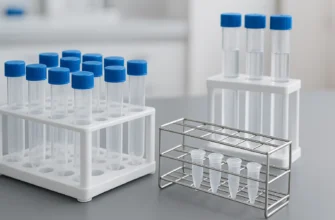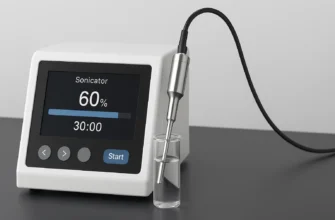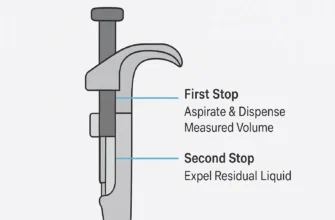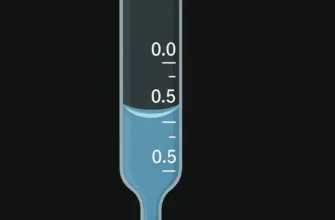In scientific fields like analytical chemistry, the accurate volume measurement of liquid volumes is a foundational skill. This guide explores two essential pieces of laboratory glassware, the burette and the graduated cylinder, to help you choose the right tool for any task in quantitative chemistry.
Foundational Lab Tools for Volume Measurement
While both a burette and a measuring cylinder (graduated cylinder) measure volume, their design and applications are fundamentally different.
-
Burette: A burette is a long, graduated glass tube with a stopcock for controlled, drop-by-drop dispensing. Its fine graduation marks and control make it indispensable for high-precision tasks, especially Titration Experiments. The growing demand for such precise lab equipment is significant, especially in Life Science and Physical Science research.
-
Graduated Cylinder: This is the workhorse for general volume measurement. It is a tall cylinder with a stable base, designed to contain a specific volume of liquid. Its markings are less precise, making it ideal for tasks where speed is more important than pinpoint accuracy.
Accuracy vs. Precision: The Core Distinction
Understanding the difference between accuracy and precision is critical when selecting scientific glassware.
| Concept | Definition | Lab Example |
|---|---|---|
| Accuracy | How close a measurement is to the true value. | If you measure 25.00 mL and your result is 25.01 mL, your measurement is highly accurate. |
| Precision | How close multiple measurements are to each other (reproducibility). | If you measure the same volume three times and get 26.5 mL, 26.4 mL, and 26.5 mL, your technique is precise but inaccurate. |
A burette offers superior accuracy and measurement precision, with a typical tolerance of ±0.05 mL for a 50 mL model. In contrast, a 100 mL graduated cylinder has a much larger percent error, with a tolerance often around ±1 mL.
Using the Right Tool: Best Practices
The Burette: The Maestro of Titration
A burette’s design is optimized for the titration process, such as in acid-base titrations involving sodium hydroxide.
Best Practices:
-
Preparation: Clean the burette and rinse it with deionized water, followed by a rinse with the titrant to prevent dilution or chemical contamination.
-
Filling: Fill the burette and remove any air bubbles from the tip.
-
Initial and Final Readings: Record the initial and final reading from the volume reading scale. Always read from the bottom of a concave meniscus or the top of a convex meniscus at eye level to avoid parallax error.
-
Calculation: The volume dispensed is the final reading minus the initial reading.
The Graduated Cylinder: Versatility for Everyday Tasks
A graduated cylinder is perfect for tasks where “close enough” is sufficient.
Best Practices:
-
Selection: Choose a cylinder with a capacity close to the volume you need. Using a large cylinder for a small volume is inaccurate.
-
Reading: Place the cylinder on a flat surface and read the volume measurement at eye level, using the bottom of the meniscus as your calibration line.
-
Applications: Ideal for preparing solutions with approximate concentrations, measuring reagents for reactions where one is in excess, or determining the volume of irregular solids through water displacement.
Common Pitfalls and Safety
-
Parallax Error: Always read measurement markings with your eye directly level with the liquid’s surface.
-
Temperature: Avoid measuring hot liquids, as their volume changes with temperature. Allow liquids to cool to room temperature for accurate measurements.
-
Lab Safety: When handling corrosive substances, always wear appropriate personal protective equipment, such as Nitrile Gloves and lab coats.
Other specialized volumetric tools include the volumetric flask (for preparing precise solution concentrations), the Erlenmeyer flask or conical flask (for mixing and holding liquids), and digital burettes (digital burettes) for automated, high-precision dispensing. Each piece of lab equipment has a specific purpose, and choosing the right one is a key verification step for reliable scientific results.

